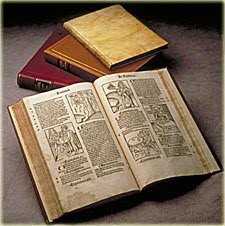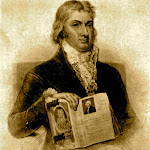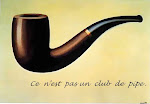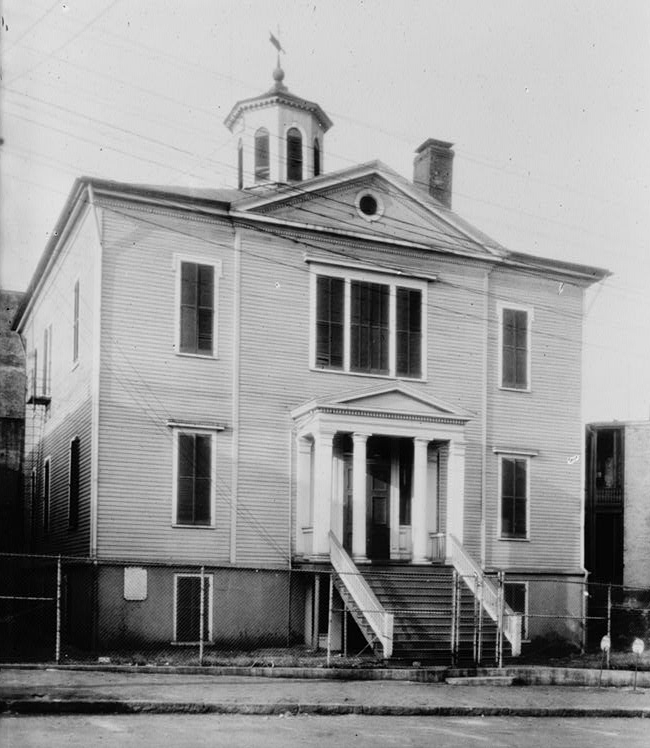Even as the acacia bends before the tempest, and falls into the waters that murmur at its feet, so has fallen our beloved brother. The widow’s son has forever left this sublunary sphere. Sorrow darkens our countenances, and our eyes are dimmed with tears for we have lost our brightest Light. The Masters are plunged in sorrow; the workmen lament; and even among the profane the voice of grief is heard. Our brother is no more.
Funeral Ceremony worked under the Patriarch Grand Eulogist Degree (23°), but publicly, by a Grand Council in the Antient & Primitive Rite of Masonry of the United Kingdom c.1875. Published in 2003 by the Grand College of Rites as Volume 18, Part I as Statutes, Public Ceremonials and History of the Antient & Primitive Rite of Masonry.
I just received the sad news of the passing last night of Most Illustrious Lawrence “Lonnie” Jolma, Grand Chancellor of the Grand College of Rites.
 |
| M.I. Lonnie Jolma in 2013. |
I cannot say I knew him well, but he certainly was a familiar and friendly face about the apartments of Masonic Week. In addition to presiding over the GCR since February, Lonnie was a presence in other fraternities that gather in Virginia every winter. He also served importantly in the Templars, the Cryptic Rite (MIGM of Washington, DC in 2008), and I don’t doubt elsewhere. He was a Past Master of Potomac Lodge No. 5 in DC. He was among the first to become a member of The Masonic Society, which is meaningful to me. Lonnie Jolma was an FBI agent—and looked like one too!
The Grand College’s altar will be draped in black when we’ll meet January 31. Again from the Antient & Primitive 23° funerary rite:
 |
| Courtesy GL of BC&Y |
This garland of Roses, which I now place on the tomb is an emblem of life eternal.
All teach the same great lesson: life in death, and death in life—succeeding to all eternity.





















































No comments:
Post a Comment